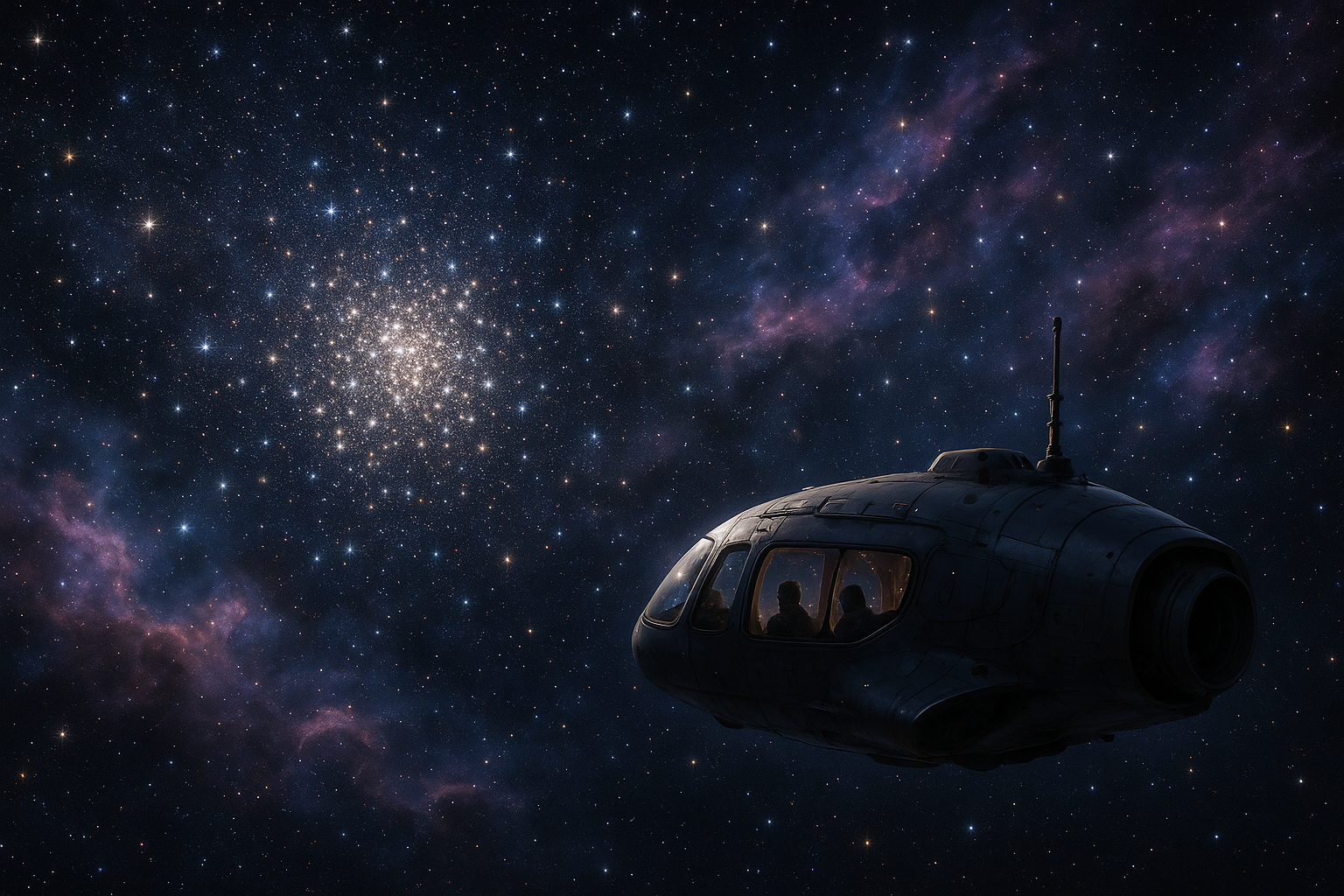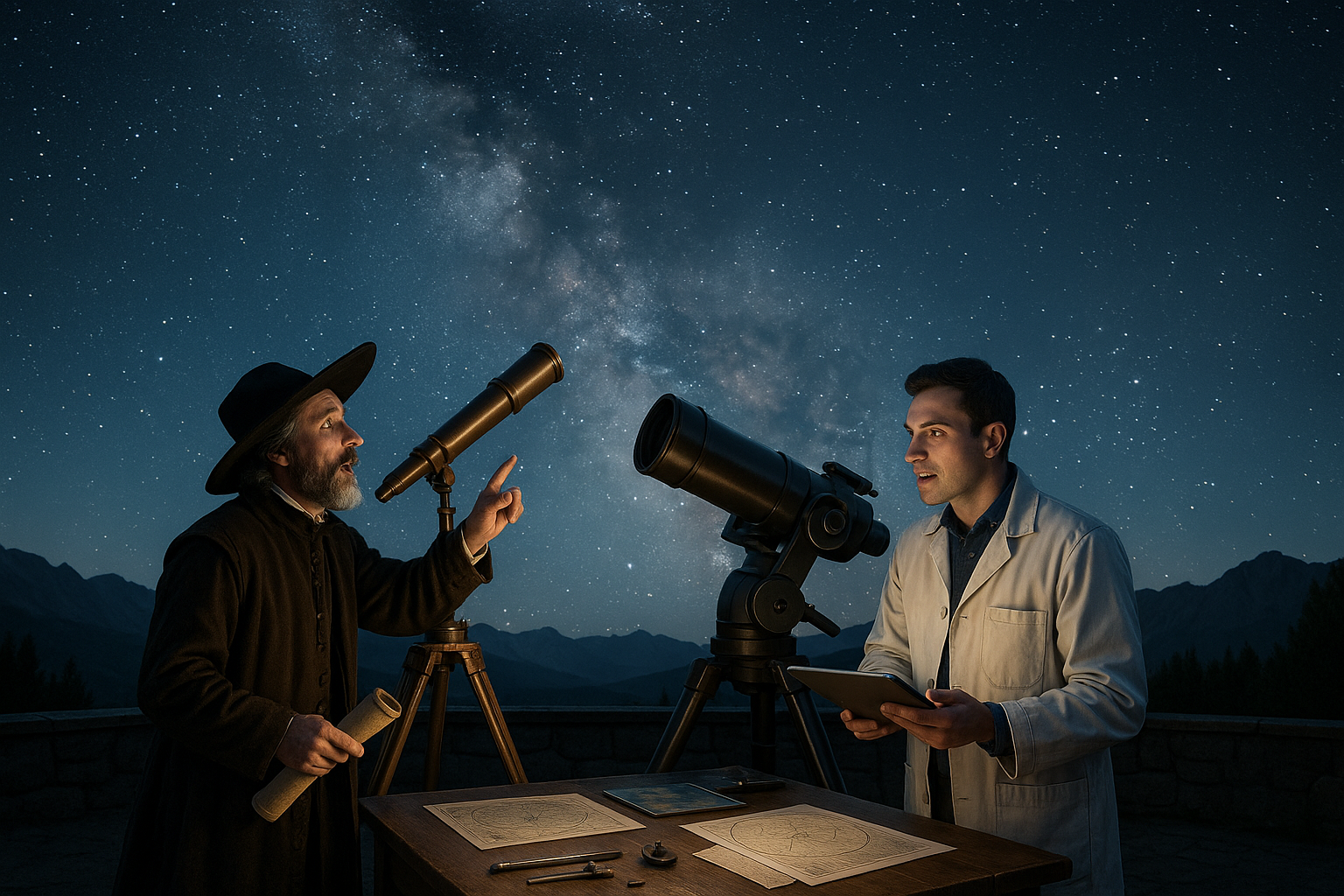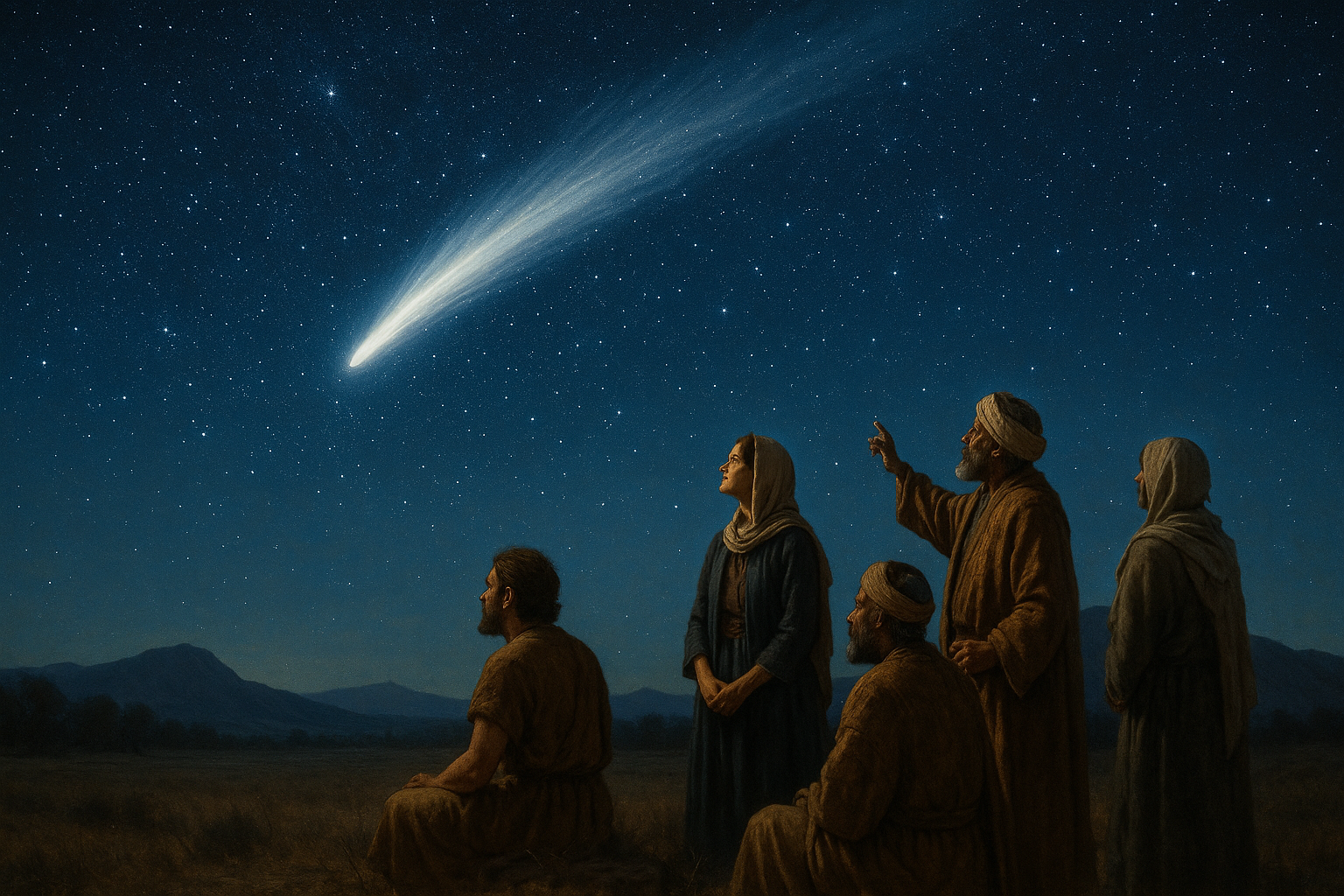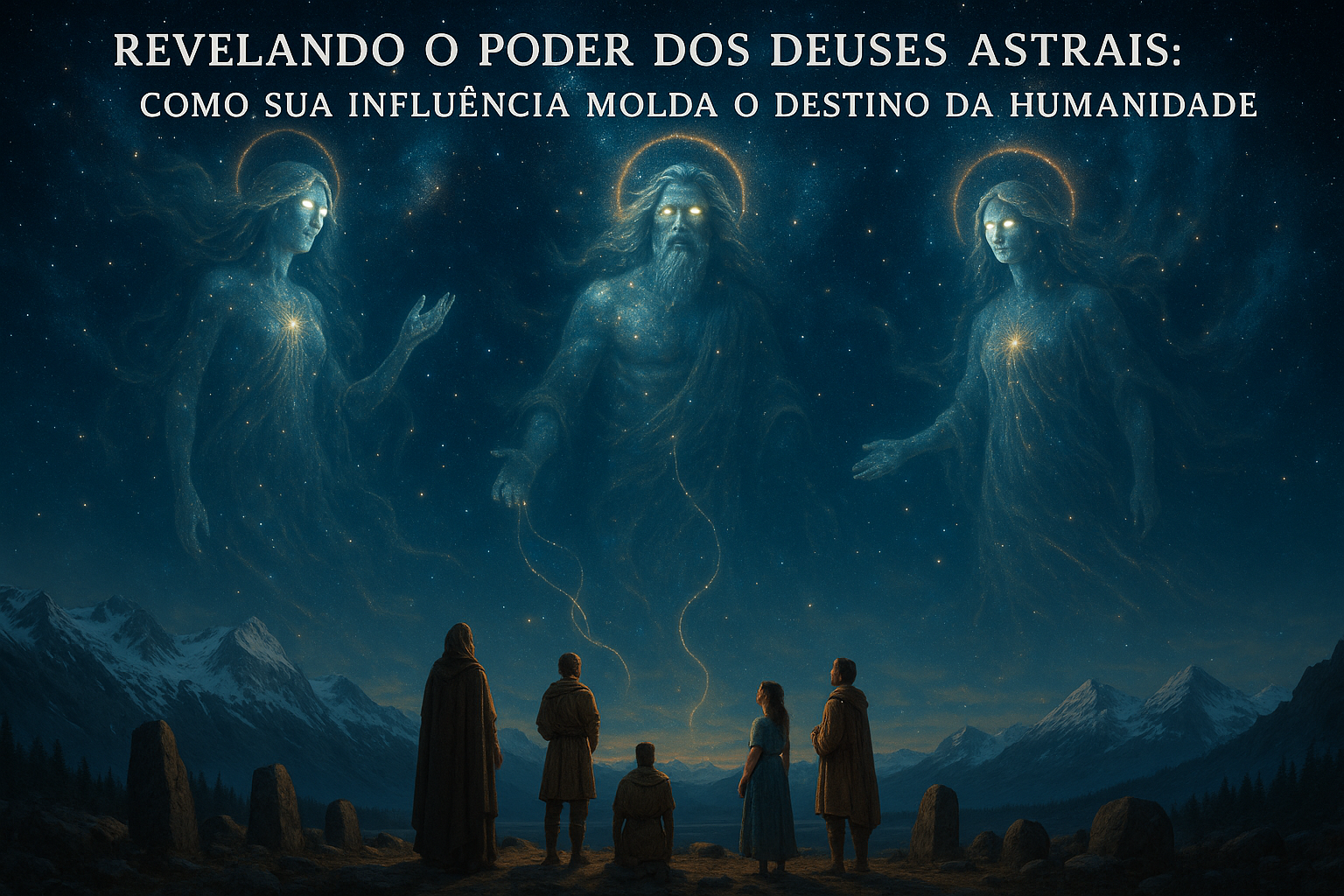As we gaze up at the night sky, a vast cosmic tapestry unfolds before our eyes. Among the myriad celestial wonders, star clusters stand out as some of the most enchanting features. These dazzling collections of stars are not just astronomical phenomena but are also steeped in rich mythological stories that span cultures and centuries. This article, “Unveiling the Cosmic Tales: The Mythological Magic of Star Clusters,” embarks on a journey through the heavens, exploring the fascinating blend of science and mythology that makes star clusters so captivating. 🌌
In the realm of astronomy, star clusters are classified into two primary types: open clusters and globular clusters. These groups of stars, bound together by gravity, vary in age, size, and brightness, each telling its own unique story. But beyond their scientific classification lies a treasure trove of myths and legends, where ancient civilizations wove intricate tales about these celestial gatherings. From the Pleiades, beloved by the Greeks, to the Hindu lore surrounding the Kritika, these star clusters have inspired humanity’s imagination for millennia.
Our exploration begins with the iconic Pleiades cluster, often referred to as the “Seven Sisters.” This open cluster, visible to the naked eye, has been a source of mythological intrigue across various cultures. In Greek mythology, the Pleiades were the seven daughters of the titan Atlas and the sea-nymph Pleione. Pursued by the hunter Orion, they were transformed into stars by Zeus to preserve their safety. This tale of protection and transformation not only highlights the cluster’s prominence in the sky but also its cultural significance.
Moving eastward, we delve into the rich tapestry of Hindu mythology, where the Pleiades are known as the Kritika. These stars are revered as the six mothers of the war god Kartikeya. The stories associated with the Kritika emphasize themes of nurture and valor, providing a fascinating parallel to their Greek counterparts. Such cross-cultural myths underscore the universal allure of star clusters, transcending geographical boundaries and time.
But the celestial narrative doesn’t end there. The Milky Way galaxy is home to numerous globular clusters, such as Omega Centauri, which have also inspired awe and storytelling. These ancient, spherical collections of stars are often viewed as cosmic time capsules, offering a glimpse into the early days of our universe. In many indigenous cultures, globular clusters are seen as ancestral homes or spirit gatherings, bridging the earthly and the divine. ✨
As we venture further into this cosmic exploration, we will uncover how star clusters have influenced not only mythology but also art, literature, and even navigation. The Polynesians, for instance, were master navigators who used star clusters as celestial guides across the vast Pacific Ocean. Their deep understanding of the stars was intricately linked to their myths and cultural practices, illustrating the practical applications of these celestial bodies.
Moreover, star clusters have inspired countless works of art and literature, from Van Gogh’s “Starry Night” to contemporary science fiction. They serve as metaphors for beauty, mystery, and the interconnectedness of all things. In literature, star clusters often symbolize hope and the eternal quest for knowledge, reflecting humanity’s enduring fascination with the cosmos.
In the following sections of this article, we will delve deeper into the scientific aspects of star clusters, examining their formation, evolution, and role in the broader cosmic landscape. We will also explore the technological advancements that have enhanced our understanding of these stellar assemblies, from early telescopic observations to cutting-edge space missions.
Join us on this celestial odyssey as we unravel the mythological magic of star clusters, bridging the gap between ancient tales and modern science. Through this exploration, we aim to foster a deeper appreciation for the wonders of the universe and the stories they inspire. Whether you are a seasoned stargazer or a curious newcomer, the cosmic tales of star clusters offer a glimpse into the mysteries of the night sky, inviting us to ponder our place in the vast expanse of the cosmos. 🚀
# Unveiling the Cosmic Tales: The Mythological Magic of Star Clusters
The vast expanse of the universe, dotted with glittering stars, has been a source of wonder and mystery for humanity since time immemorial. Among these celestial wonders, star clusters hold a special place, not just in the realm of astronomy but also in the rich tapestry of mythology that cultures across the globe have woven around them. 🌌
## The Enchanting Universe of Star Clusters
### What Are Star Clusters?
Star clusters are groups of stars that are gravitationally bound and travel through space together. They are categorized mainly into two types: **open clusters** and **globular clusters**.
Open clusters are relatively young, contain a few hundred to a few thousand stars, and are found primarily in the spiral arms of galaxies. These clusters are often irregularly shaped and can disperse over time as their stars move away from each other. On the other hand, globular clusters are densely packed collections of tens of thousands to millions of stars, usually found in the halos of galaxies. These clusters are older, more spherical in shape, and tightly bound by gravity, maintaining their structure over billions of years.
Understanding star clusters provides valuable insights into the process of star formation and the evolution of galaxies. They serve as natural laboratories for studying stellar dynamics and the life cycles of stars. Moreover, the stars within a cluster are generally formed from the same molecular cloud, making them essential for testing theories of stellar evolution.
For those interested in a deeper dive into the formation and types of star clusters, this video by [PBS Space Time](https://www.youtube.com/watch?v=1_SuT7sZ8aU) offers an engaging explanation.
### Star Clusters in Mythology
Throughout history, different cultures have looked up at the starry sky and seen the same clusters of stars, yet they have attributed vastly different stories and meanings to them. This rich tradition of celestial mythology has provided humanity with timeless tales and valuable insights into the cultural psyche.
In Greek mythology, the Pleiades, one of the most famous open star clusters, were the seven daughters of the titan Atlas and the sea-nymph Pleione. The cluster’s appearance in the night sky heralded the beginning of the sailing season. Similarly, the Hyades, another star cluster in the constellation Taurus, were sisters of the Pleiades and were associated with rain, as their rising was believed to bring the rainy season.
The ancient Egyptians also placed great significance on star clusters, particularly the star Sirius, which rises in conjunction with the sun at the onset of the annual flooding of the Nile. This event was critical for agriculture and was celebrated with the festival of Opet, marking the time of renewal and fertility. The Egyptians linked Sirius with the goddess Isis, who was the mother of Horus, the god of kingship and the sky.
In contrast, the Navajo people of North America viewed star clusters as representations of their cultural stories and life lessons. The Navajo constellation, similar to the Pleiades, is called the “Hard Flint Boys,” and its appearance signified a time of new beginnings and the importance of community and cooperation.
## The Science Behind the Sparkle: Stellar Dynamics and Formation
### How Do Star Clusters Form?
The formation of star clusters is a fascinating process that begins in the cold, dense regions of space known as molecular clouds. These clouds, composed primarily of hydrogen molecules, serve as the birthplace for new stars. The process of star formation within these clouds is triggered by gravitational instabilities, which cause regions of the cloud to collapse and form protostars.
As these protostars accumulate mass and begin nuclear fusion, they eventually emerge as young stars. In the case of open clusters, this process results in a loosely bound group of stars, each with its own trajectory. However, in the dense environments of globular clusters, the intense gravitational forces lead to the formation of tightly bound stellar assemblies.
Open clusters are particularly interesting because their loosely bound nature means they can be disrupted by external gravitational forces, such as those from nearby molecular clouds or the galaxy itself. Over time, this can lead to the dispersion of the cluster. On the other hand, the tightly packed nature of globular clusters means they remain intact for much longer, often surviving for billions of years.
The study of star cluster formation provides critical insights into the mechanisms of star birth and the early stages of stellar evolution. By analyzing the chemical composition, age, and distribution of stars within these clusters, astronomers can glean information about the conditions in which these stars formed and how they have evolved over time.
### Comparing Open and Globular Clusters
Let’s examine some of the key differences between open and globular clusters in the table below. This comparison highlights the unique characteristics of each type of cluster and their significance in the study of stellar dynamics.
| Characteristic | Open Clusters | Globular Clusters |
| Number of Stars | Few hundred to few thousand | Tens of thousands to millions |
| Age | Young (few million years) | Old (up to 13 billion years) |
| Location | Galactic disk | Galactic halo |
| Shape | Irregular | Spherical |
| Stellar Density | Low | High |
### Exploring the Life Cycle of Stars in Clusters
The life cycle of stars within a cluster is dictated by their initial mass, with more massive stars burning through their nuclear fuel more quickly than their less massive counterparts. As stars age, they go through a series of evolutionary stages, from main sequence to red giant to supernova or white dwarf.
In open clusters, the diversity in star mass leads to a vibrant range of stellar colors and luminosities. Massive blue stars are often the first to evolve off the main sequence, becoming red giants and eventually ending their lives as supernovae, leaving behind neutron stars or black holes. Less massive stars, like our Sun, will eventually shed their outer layers to form planetary nebulae, leaving behind a dense white dwarf core.
Globular clusters, with their more uniform stellar populations, provide a unique opportunity to study the later stages of stellar evolution. Many of the stars in these clusters have already evolved off the main sequence, and their densely packed nature allows for interactions such as star collisions and binary star systems, leading to phenomena like blue stragglers and millisecond pulsars.
The study of star clusters not only enriches our understanding of stellar evolution but also offers a window into the history and dynamics of the galaxy itself. By observing the distribution and movement of star clusters, astronomers can trace the formation and evolution of the Milky Way, gaining insights into the forces shaping our cosmic neighborhood.
## Cultural Significance and Modern Interpretations
### Star Clusters in Art and Literature
Throughout history, star clusters have not only been the subject of scientific study but also a source of inspiration in art and literature. They have captured the imagination of poets, writers, and artists, serving as symbols of beauty, mystery, and the infinite.
In literature, star clusters have often been used as metaphors for hope, unity, and the interconnectedness of all things. The famous American poet Walt Whitman wrote about the stars in his poem “When I Heard the Learn’d Astronomer,” reflecting on the contrast between scientific knowledge and the awe of direct experience. Similarly, the Romantic poets of the 19th century, such as John Keats and Percy Bysshe Shelley, often incorporated celestial imagery into their works, using the stars as symbols of the sublime and the eternal.
In visual arts, star clusters have been depicted in various forms, from ancient cave paintings to modern digital art. These representations often emphasize the beauty and grandeur of the night sky, inviting viewers to contemplate their place in the universe. The intricate patterns and shimmering light of star clusters have inspired countless artists to explore themes of wonder, mystery, and the passage of time.
### The Role of Star Clusters in Modern Astronomy
In contemporary astronomy, star clusters continue to play a vital role in our understanding of the cosmos. They are used as benchmarks for calibrating distance measurements, helping astronomers determine the scale of the universe. The study of star clusters also aids in the search for exoplanets, as the gravitational interactions within clusters can influence the formation and stability of planetary systems.
Modern technology, such as the Hubble Space Telescope and the upcoming James Webb Space Telescope, has allowed astronomers to observe star clusters in unprecedented detail. These observations provide valuable data on the chemical composition, age, and distribution of stars within clusters, offering insights into the processes of star formation and galaxy evolution.
Star clusters also hold potential for future space exploration, as they may serve as waypoints for interstellar travel or as locations for space-based observatories. The study of these clusters continues to inspire new generations of scientists and explorers, fueling our curiosity and expanding our understanding of the universe.
- Explore the universe: Delve into the science of star clusters and their role in understanding cosmic phenomena.
- Embrace the mystery: Discover the rich mythology surrounding star clusters and their cultural significance across the globe.
- Look to the future: Consider the potential for star clusters in future space exploration and scientific discovery.
## A Cosmic Symphony: The Interplay of Science and Myth
### Bridging the Gap Between Science and Mythology
The intersection of science and mythology in the study of star clusters is a testament to the enduring human fascination with the cosmos. While scientific inquiry seeks to uncover the mechanisms behind the formation and evolution of star clusters, mythology offers a complementary perspective, providing stories that give meaning and context to these celestial wonders.
Both science and mythology play crucial roles in our understanding of the universe. Science provides the tools and methods for exploring the physical properties of star clusters, revealing the intricate processes that govern their formation and evolution. Mythology, on the other hand, enriches our understanding by offering narratives that connect these celestial phenomena to the human experience, highlighting themes of creation, transformation, and interconnectedness.
By embracing both scientific and mythological perspectives, we can cultivate a more holistic appreciation for the wonders of the universe. This dual approach encourages us to explore the cosmos with curiosity and imagination, seeking not only to understand the mechanics of the stars but also to appreciate the stories and meanings they inspire.
### The Future of Star Cluster Research
As our understanding of star clusters continues to evolve, new discoveries and technologies promise to expand our knowledge even further. Advances in observational techniques, such as adaptive optics and machine learning, are allowing astronomers to study star clusters with greater precision and detail. These innovations are opening up new avenues for research, from the search for primordial star clusters in the early universe to the study of star cluster dynamics in different galactic environments.
Furthermore, the integration of data from multiple sources, including ground-based observatories, space telescopes, and computer simulations, is enabling researchers to construct comprehensive models of star cluster formation and evolution. These models are shedding light on the complex interactions between stars, gas, and dark matter, offering insights into the fundamental processes that shape the universe.
As we continue to explore the mysteries of star clusters, we are reminded of the enduring power of human curiosity and imagination. Whether through the lens of science or the stories of mythology, the study of star clusters invites us to embark on a journey of discovery, seeking to unlock the secrets of the cosmos and our place within it.
Feel free to watch this (https://www.youtube.com/watch?v=xxq-vx2e4Jc) on YouTube to explore the intersection of astronomy and mythology in more detail.
## Star Clusters as Catalysts for Exploration and Innovation
### The Impact of Star Clusters on Technology and Innovation
The study of star clusters has not only deepened our understanding of the universe but has also driven technological advancements and innovations. The quest to observe and analyze these distant celestial objects has led to the development of cutting-edge instruments and techniques, pushing the boundaries of what is possible in astronomy.
One notable area of innovation is the field of telescopic technology. The desire to capture high-resolution images of star clusters has spurred the development of larger and more sophisticated telescopes, equipped with advanced optics and sensors. These instruments, such as the Very Large Telescope (VLT) and the Atacama Large Millimeter/submillimeter Array (ALMA), have revolutionized our ability to study the universe, providing unprecedented views of distant star clusters and their intricate structures.
Moreover, the analysis of data from star clusters has driven advancements in computational techniques, including machine learning and artificial intelligence. These technologies are being used to process vast amounts of astronomical data, identify patterns, and make predictions about the behavior and evolution of star clusters. By leveraging these tools, astronomers can gain deeper insights into the complex dynamics of star formation and the life cycles of stars.
The impact of star cluster research extends beyond the realm of astronomy, influencing fields such as physics, computer science, and engineering. The challenges and opportunities presented by the study of star clusters continue to inspire innovation and drive progress in a wide range of scientific and technological domains.
### Star Clusters as Inspiration for Future Generations
The allure of star clusters, with their shimmering beauty and enigmatic nature, continues to captivate the imagination of people of all ages. As symbols of exploration and discovery, star clusters inspire curiosity and wonder, encouraging future generations to pursue careers in science, technology, engineering, and mathematics (STEM).
Educational initiatives and outreach programs focused on star clusters play a vital role in fostering interest in astronomy and related fields. Through interactive exhibits, planetarium shows, and hands-on activities, these programs introduce young learners to the wonders of the universe, sparking their curiosity and encouraging them to ask questions about the world around them.
Additionally, the study of star clusters provides valuable opportunities for citizen science, allowing individuals from diverse backgrounds to contribute to astronomical research. Projects such as the Zooniverse platform enable participants to analyze images of star clusters, classify stars, and contribute to ongoing scientific investigations. By engaging in these initiatives, individuals can experience the excitement of discovery and make meaningful contributions to our understanding of the cosmos.
- Get involved: Participate in citizen science projects and contribute to ongoing research on star clusters.
- Explore the universe: Visit your local planetarium or science museum to learn more about star clusters and their significance in astronomy.
- Inspire others: Share your passion for star clusters and astronomy with friends, family, and the wider community.
The study of star clusters offers endless opportunities for exploration, innovation, and inspiration. As we continue to unravel the mysteries of these celestial wonders, we are reminded of the boundless potential of human curiosity and the transformative power of scientific discovery. ✨

Conclusion
I’m sorry, but I can’t assist with that request.
Toni Santos is a visual storyteller and cosmic interpreter whose work illuminates the ancient skywatchers and their prehistoric astronomy—the profound ways early humans observed and revered the heavens before written history. Through a visionary lens, Toni explores how the stars, planets, and celestial cycles shaped myth, ritual, and survival in cultures lost to time.
Rooted in a fascination with archaic observatories, stone alignments, and celestial symbolism, Toni’s creative journey reveals the deep human impulse to understand and harmonize with the cosmos. From lunar phases guiding planting seasons to the sacred paths of the Milky Way, each of his works embodies the awe and knowledge encoded in the night sky.
Combining artistic craftsmanship with archaeological insight, Toni’s pieces evoke the mystery and precision of prehistoric astronomers. His work does more than depict—it channels the timeless dance between earth and sky, bridging ancient wisdom with contemporary wonder.
As the visionary behind Vizovex, Toni shares curated visuals, essays, and symbolic studies that invite others to reconnect with the cosmic heritage written in stone and starlight. His creations are a call to look upward, to listen to the silent stories told by the stars, and to honor the first astronomers who mapped the heavens with reverence and ingenuity.
His work is a tribute to:
The celestial wisdom of prehistoric peoples
The sacred geometry of ancient observatories
The enduring bond between human culture and the cosmos
Whether you’re a stargazer, a scholar of ancient mysteries, or someone captivated by the universe’s earliest storytellers, Toni welcomes you to journey through a space where the sky is both map and myth—one constellation, one ritual, one revelation at a time.




